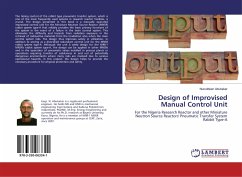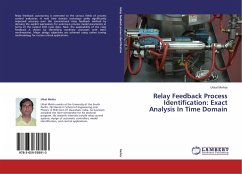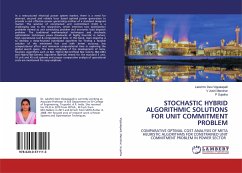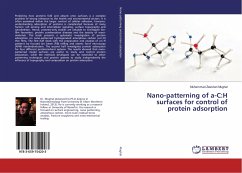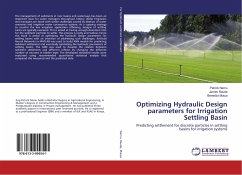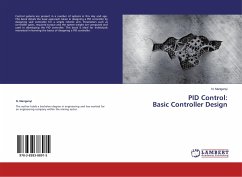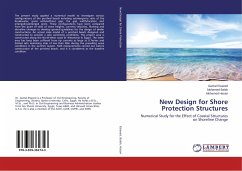The timing control of the rabbit type pneumatic transfer system, which is one of the most frequently used systems in research reactor facilities, is crucial. The design presented in this book is a manually operated improvised control unit for the Miniature Neutron Source Reactor (MNSR) rabbit system type-A that reliably provides the basic primary functions of the system in the event of a failure in the main control system. This eliminates the difficulty and hazards from radiation exposure in the retrieval of radioactive materials from the irradiation sites when the main control system fails. The design thus improves safety in utilization, in addition to serving as a diversified redundant control unit for the MNSR rabbit system type-A. Although the unit is solely design for the NIRR-1 MNSR's rabbit system type-A, the design can be applied in other MNSRs and in the operation of pneumatic valves installed in process plants or operations requiring transfer of substances in and out ofpotentially dangerous environments where many risks are involved due to various operational hazards. In this respect, the design helps to provide the necessary procedure for physical protection and safety.

